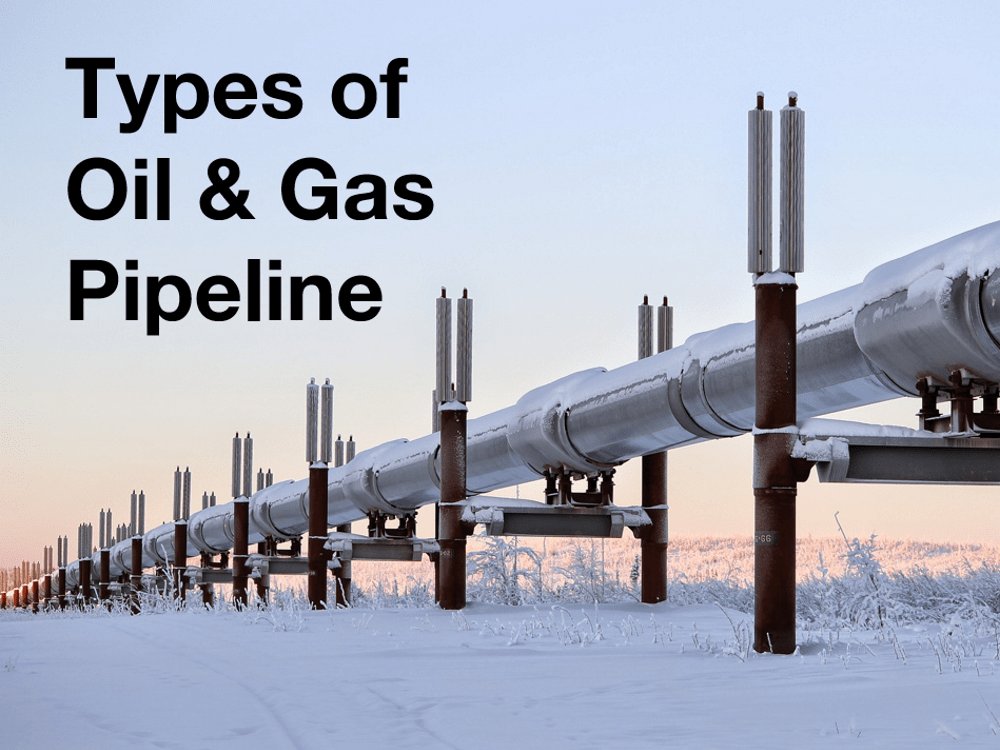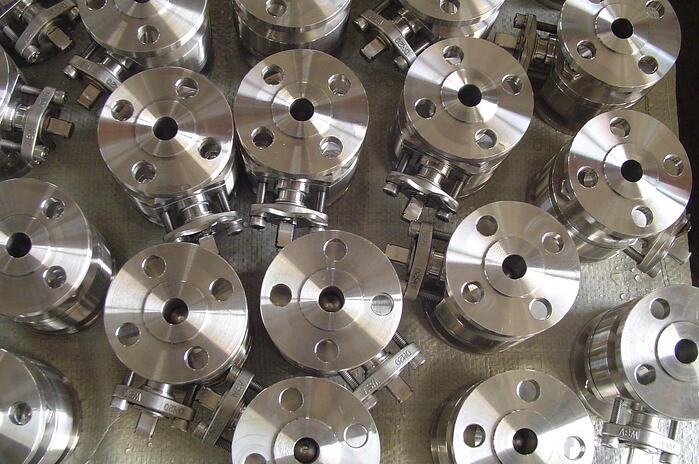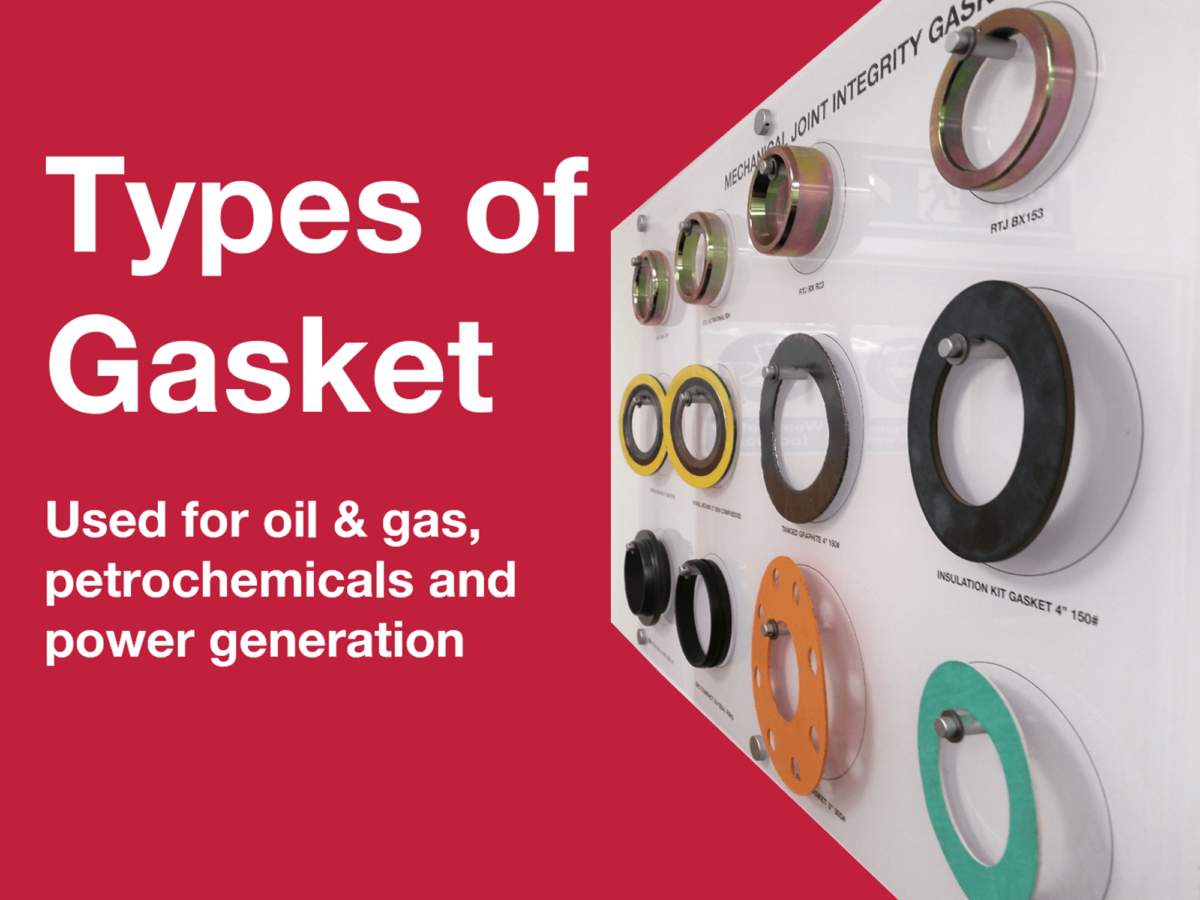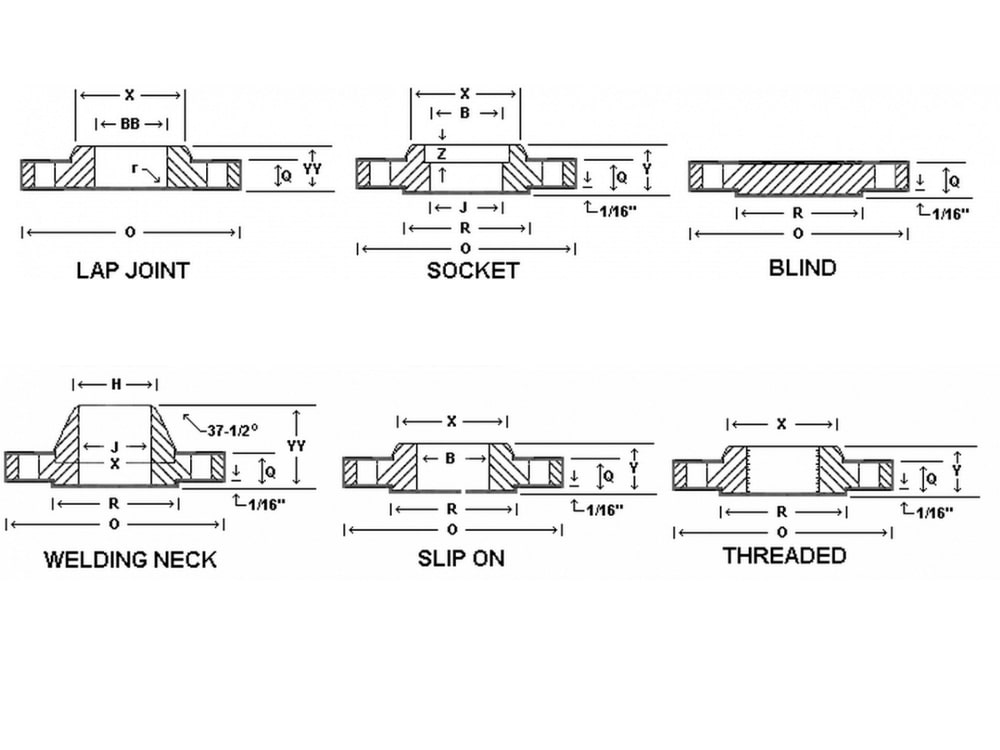Types Of Pipeline Every Oil and Gas Engineer Should Know About

November 14, 2017
0
The types of pipeline used in the oil and gas industry vary according to many factors, such as the ‘product’ to be transported, the delivery stage, and whether it’s part of the upstream, midstream, or downstream sector. If you are an experienced hot tapping engineer, you’ll already be up to speed on these. But for the rest of you, below are brief descriptions of the main types of pipeline and their overall purpose.
Types of Pipelines
- Gathering Pipelines
- Transmission Pipelines
- Distribution Pipelines
- Flowlines
- Feeder Pipelines
1. GATHERING TYPES OF PIPELINE
What are they used for? – Gathering pipelines are used to deliver the oil or gas product from the source to processing plants or storage tanks. These are commonly fed by ‘Flowlines’, each connected to individual wells in the ground. Additionally, subsea pipes used for collecting product from deep water production platforms are included in this category.
Typical products carried by gathering pipelines include; natural gas, crude oil (or combinations of these 2 products), natural gas liquids, such as ethane, butane, and propane. In a gathering pipeline, raw gas is usually carried at pressures of approximately 715 psi.
What size are gathering pipelines? – Compared to other pipelines, lengths in this category are relatively short – approximately 200 metres long. They are typically much smaller than transmission pipelines, usually under 18” diameter (but for crude oil typically 2 – 8”), however, recent developments in shale production have seen gathering lines are being used with diameters as large as 20”.
Are gathering pipelines regulated? – In the United States, gathering pipelines are subject to regulation in moderate to heavily populated areas, but less so in ‘rural’ areas. As newly populated areas are developed, they often overlap into these areas, creating potential safety issues. Therefore, in 2006 the PHMSA (Pipeline & Hazardous Materials Safety Administration) redefined the regulations to cover gas gathering pipelines in ‘rural’ areas within ¼ mile of a ‘USA’ (unusually sensitive area). The definition of a USA is an area that includes a drinking water source or ecological resource area that is unusually sensitive to environmental damage from a hazardous liquid pipeline release.
2. TRANSMISSION TYPES OF PIPELINE
What are they used for? – Transmission pipelines are used to transport crude oil, NGLs, natural gas and refined products for long distances across states, countries and continents.
They are used to move the product from the production regions to distribution centres, Transmission pipelines operate at high pressures, ranging from 200 up to 1,200 psi, with each transmission line using compressor stations (for gas lines) and pump stations (for crude oil and liquid products).
What causes transmission lines to fail? – Typical reasons for the failure of transmission lines include pipe seam failures, corrosion, material failure and defective welding.
What size are transmission pipelines? – These large pipes are up to 42” diameter, with most being more than 10” diameter.
3. DISTRIBUTION TYPES OF PIPELINE
What are they used for? – Distribution pipelines are a system made up of ‘mains’ and ‘service’ lines, used by distribution companies. Together they deliver natural gas to the neighbourhoods of homes and businesses.
Mains pipelines – Distribution pipelines classed as ‘mains’ are the step between high-pressure transmission lines and low-pressure service lines. Materials used for these pipes include steel, cast iron, plastic and copper. Pressures can vary considerably and go up to approximately 200psi.
Service pipelines – Service pipelines connect to a meter and deliver natural gas to individual customers. Materials used for service pipes include plastic, steel or copper. Pressure of the gas in these pipes is low at around 6psi.
What size are distribution gas pipelines? – ‘Mains’ distribution pipelines are small to medium sized (from 2” to 24” diameter). ‘Service’ pipelines use narrow pipes (usually less than 2” diameter).
4. FLOWLINES
In an actively producing oilfield, flowlines connect to a single wellhead. Their purpose is to move the raw product from the wellhead to the gathering lines. They carry a mixture of oil, gas, water and sand and are normally no more than 12” diameter in size.
The importance of flowline maintenance – Flowlines are prone to methane leakage, and according to EPA (Environmental Protection Agency) in the United States, they are one of the largest sources of emissions in the gas industry. The EPA recommend checking flowlines annually to reduce gas losses. Regular maintenance helps to prevent small leaks from increasing in volume over time.
5. FEEDER PIPELINES
Feeder pipelines are used to move the product from processing facilities and storage tanks to the long-distance transmission pipelines. The product may be crude oil, natural gas or natural gas liquids. Feeder lines are typically 6 to 12” diameter.
What on-site machines are available for the construction and maintenance of pipelines? – The portable machine tools listed below can be used for projects such as; resurfacing sealing surfaces on damaged flanges, cutting and bevelling (for flange welding preparation), and tapping into a live line to add additional sections. Click on each product for full details.
References: aboutpipelines.com hphmsa.dot.gov




